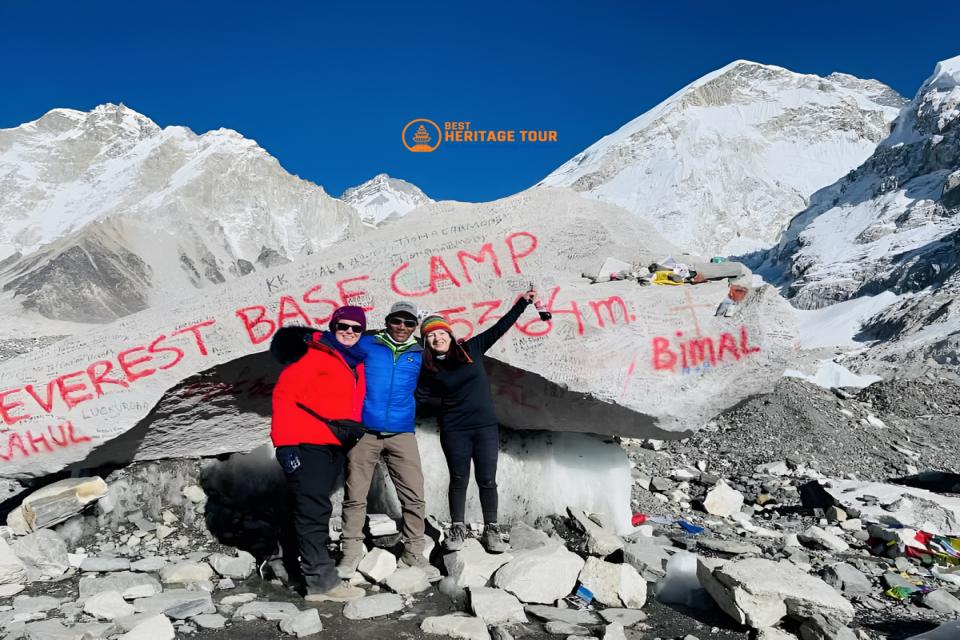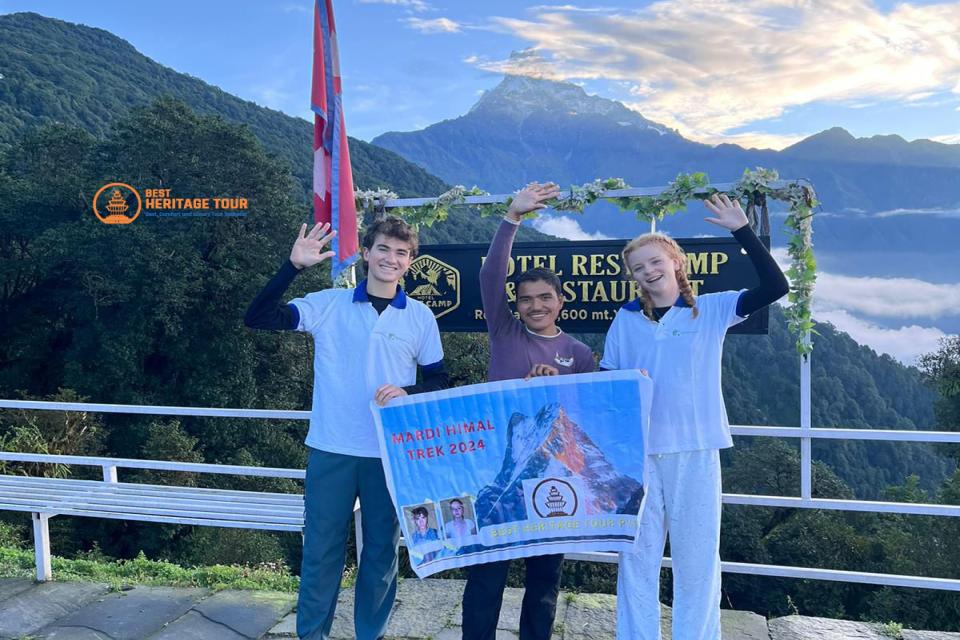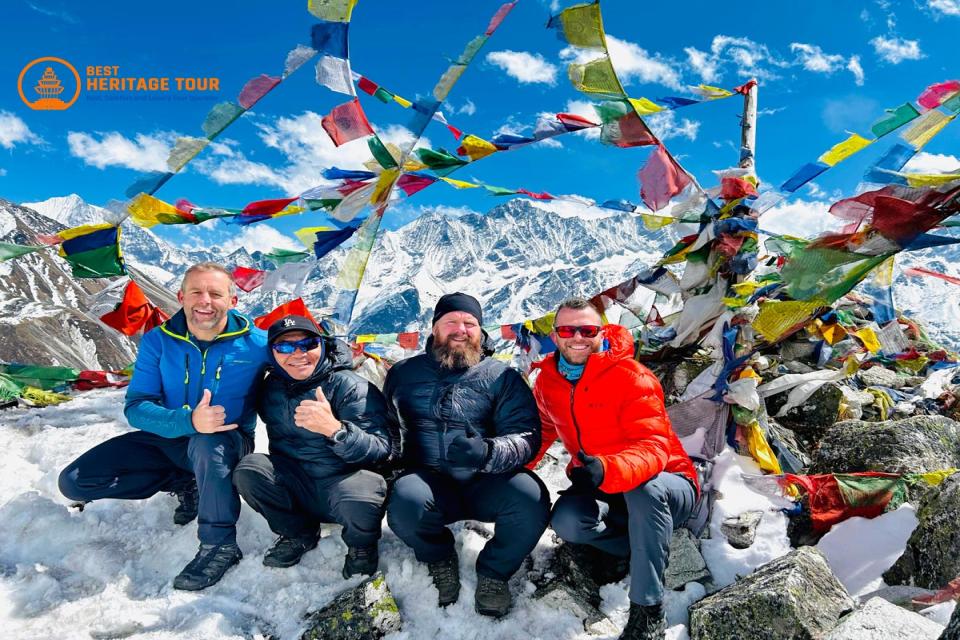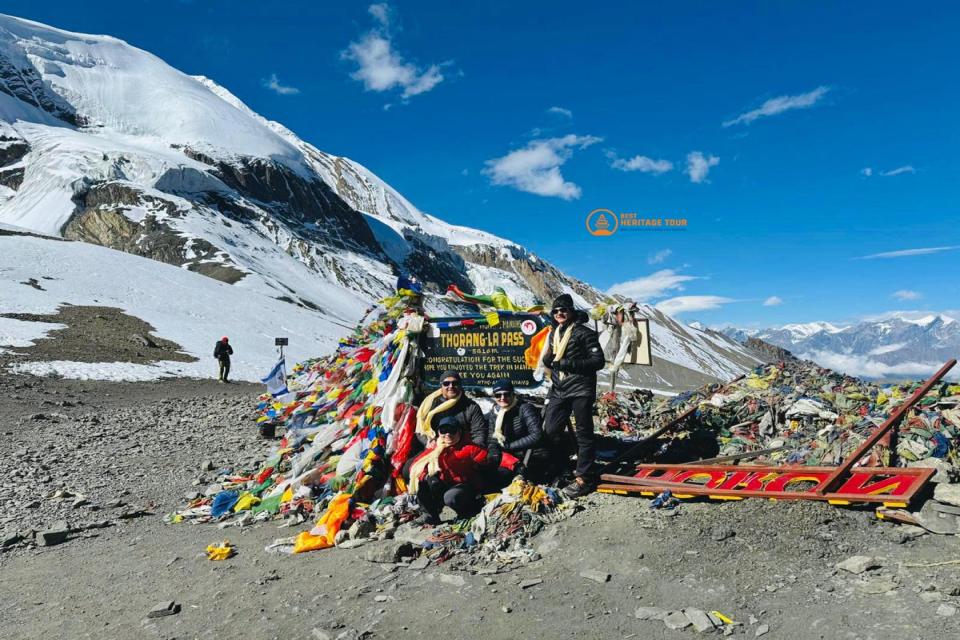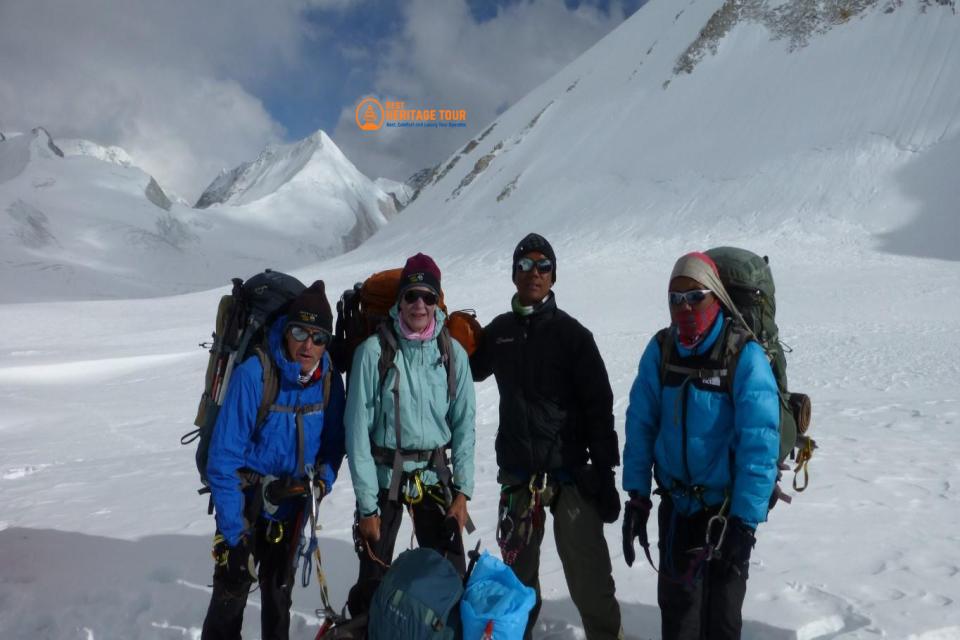Nepal is a top destination for trekkers, offering breathtaking landscapes, vibrant culture, and once-in-a-lifetime experiences in regions like Everest Base Camp, Annapurna Circuit, and Langtang Valley. While planning a trek, one of the most important considerations is how to manage money efficiently.
Travelers often wonder: should they rely on cash, carry a credit/debit card, or use a combination of both? Nepal presents unique challenges for money management, especially in remote trekking regions where banks and ATMs are limited. Understanding the pros and cons of cash versus cards is essential to ensure a smooth, stress-free adventure.
In this guide, we’ll explore the advantages and disadvantages of cash and cards in Nepal, how to use them safely, and which option works best for different trekking scenarios. With guidance from experienced tour operators like Best Heritage Tour, you can make the right choice and focus on the adventure, not money worries.
Why Money Management is Crucial in Nepal
Nepal’s trekking regions are remote, with many teahouses and lodges accepting only cash. While Kathmandu and Pokhara have ATMs and card-friendly establishments, the situation changes once you move into high-altitude trails.
Challenges travelers face:
-
Limited access to ATMs in remote areas
-
Foreign card fees and daily withdrawal limits
-
Exchange rate fluctuations
-
Risk of theft or losing cash
Proper planning and understanding how and when to use cash or cards ensures a safer and more convenient trekking experience.
Cash in Nepal: Advantages and Disadvantages
Advantages of Cash
1. Universally Accepted
-
Almost every teahouse, lodge, and local vendor accepts Nepalese Rupees (NPR).
-
Ideal for small villages and high-altitude trails where card machines are unavailable.
2. No Transaction Fees
-
Unlike foreign card withdrawals, cash has no extra bank fees.
3. Easy Budget Management
-
Physically seeing your money helps control daily spending.
-
Splitting cash into daily amounts reduces overspending.
4. Useful in Emergencies
-
Cash is essential if ATMs fail or card networks are down.
Disadvantages of Cash
1. Risk of Theft or Loss
-
Carrying large amounts can be risky; pickpocketing may occur in crowded areas.
2. Bulkiness
-
Cash takes physical space and can be inconvenient to carry on long treks.
3. Exchange Needed
-
Travelers must convert foreign currency to NPR, ideally at Kathmandu city money exchanges for better rates than airports.
Cards in Nepal: Advantages and Disadvantages
Advantages of Cards
1. Convenient and Safe
-
Cards reduce the need to carry large sums of cash.
-
Protects against theft, as lost or stolen cards can be blocked.
2. Traceable Transactions
Digital statements help track spending and budget better.
3. Useful in Cities
-
Major hotels, restaurants, and tourist shops in Kathmandu, Pokhara, and other cities accept cards.
4. Access to Emergency Funds
-
International debit or credit cards can be used in ATMs for emergency cash withdrawals.
Disadvantages of Cards
1. Limited Acceptance in Remote Areas
-
Many trekking lodges, teahouses, and rural shops do not accept cards.
2. High Fees
-
Foreign cards often incur 3-5% transaction fees plus ATM fees.
3. ATM Dependence
-
Accessing cash from ATMs may be difficult in high-altitude or remote areas.
4. Technical Issues
-
Network failures or machine breakdowns may prevent card use in emergencies.
Comparing Cash and Card Use by Trekking Regions
Kathmandu and Pokhara
-
Cash: Accepted everywhere; convenient for taxis, small shops, and markets.
-
Card: Widely accepted in hotels, restaurants, and major stores; good for larger payments.
Popular Trekking Trailheads (Lukla, Besisahar, Jomsom)
-
Cash: Necessary for teahouses, permits, and local transportation.
-
Card: Rarely accepted; use only for backup withdrawals at ATM points.
Remote High-Altitude Regions
-
Cash: Essential; ATMs are non-existent.
-
Card: Not usable; digital payments unreliable due to poor network coverage.
Tips for Managing Cash and Cards While Trekking
1. Carry a Combination
-
Use cash for day-to-day expenses and small purchases.
-
Keep a card as backup or for emergencies.
2. Divide Cash into Multiple Pockets
-
Use money belts, hidden pouches, and secure backpack compartments.
3. Check ATM Fees and Limits
-
Withdraw larger amounts at city ATMs to avoid repeated fees.
-
Know your bank’s international withdrawal limits.
4. Use Safe Cards
-
Prefer credit cards with fraud protection and low international fees.
-
Carry at least one backup card in a separate secure location.
5. Monitor Spending
-
Track cash daily to avoid running out in remote regions.
-
Use card statements to review bigger expenditures.
6. Emergency Cash Reserve
-
Store extra cash hidden in your backpack or with your trekking guide.
How Currency Exchange Fits In
-
Exchanging money in Kathmandu city is cheaper and more reliable than airports.
-
ATMs provide convenience but may involve foreign transaction fees.
-
Carry small denominations (NRP 100, 500, 1000) for teahouses, tips, and transportation.
Safety Tips for Using Cash and Cards
Cash:
-
Keep small daily amounts accessible.
-
Split larger sums into hidden compartments to reduce theft risk.
Cards:
-
Use ATMs in bank branches during the day.
-
Shield your PIN and avoid using unfamiliar machines.
Digital Security:
-
Keep card information confidential.
-
Have emergency contact numbers for lost or stolen cards.
Scenario-Based Recommendations
-
Solo Trekker in Remote Regions: Mostly cash; minimal reliance on cards.
-
Group Trek with a Guide: Combination of cash and cards; guide can manage group funds.
-
City-Based Trekker (Kathmandu/Pokhara): Cards are convenient, but cash is still useful for markets and transportation.
Why Trekking with Best Heritage Tour Helps
-
Guidance on how much cash to carry daily.
-
Assistance with currency exchange and ATM use.
-
Help in emergencies or lost funds.
-
Ensures safe, stress-free trekking, letting you enjoy Nepal’s mountains and culture fully.
Conclusion
Choosing between cash and cards in Nepal depends on where you plan to trek and your spending habits. For remote trails, cash is essential, while cards offer convenience and safety in cities. A smart combination of both, along with careful planning, ensures a hassle-free and secure trek.
For expert guidance and trekking support, Best Heritage Tour helps you with:
-
Manage cash and cards efficiently
-
Exchange currency at the best rates
-
Ensure safe access to funds during your trek
Contact Best Heritage Tour:
Phone: +977-9851149197 / +977-9810043046
Email: info@bestheritagetour.com | bestheritagetour@gmail.com
Booking/Info: www.bestheritagetour.com
Office Location: Thamel Marg, Kathmandu, Nepal
Travel smart, carry wisely, and enjoy the Himalayas with peace of mind.
Author: Best Heritage Tour
Date: 21st August, 2025


